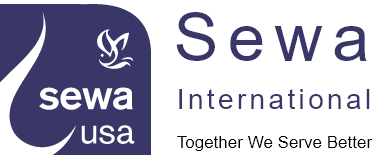|
Blogs |
Submit Your Blog You can submit your blog which has to be posted on SewaUSA site. Sewa Co ordinators will review your blog and publish it on the SewaUSA site. |
Copyright © 2025 Sewa International. All rights reserved. |
Powered by Wild Apricot Membership Software


